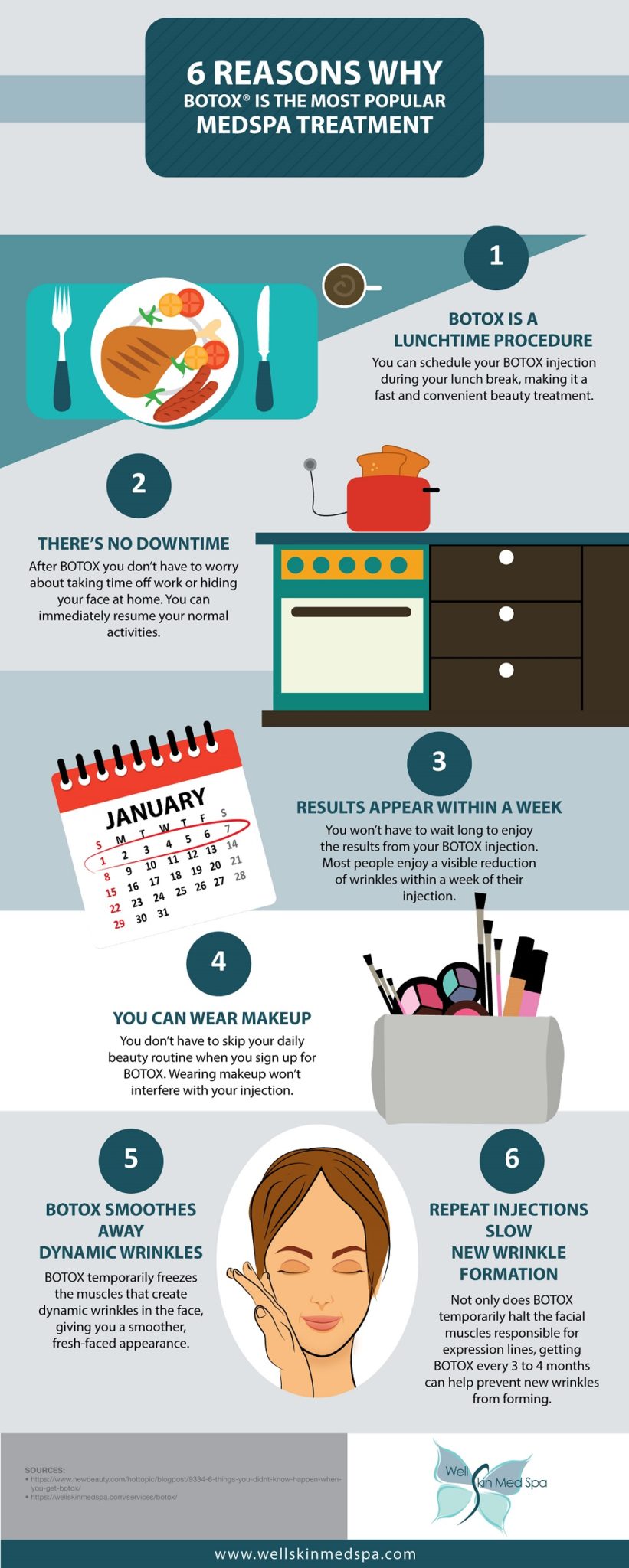What Are The Distinctions And Resemblances In Between SMILE Eye Surgery And LASIK And PRK?
What Are The Distinctions And Resemblances In Between SMILE Eye Surgery And LASIK And PRK?
Blog Article
Material Writer-Weber Chase
If you have actually been thinking about SMILE eye surgical treatment, you may question just how it compares to LASIK and PRK. are cataract surgery has its own collection of advantages and factors to consider. From quicker recovery times to prospective threats, there are essential distinctions you need to be aware of prior to choosing. Understanding these differences will certainly help you make an educated option that aligns with your particular needs and assumptions. Curious to recognize even more about exactly how these procedures compare thoroughly? Keep discovering to get a comprehensive understanding of SMILE, LASIK, and PRK.
SMILE Eye Surgical Procedure Introduction
If you're considering SMILE eye surgery, you'll locate it to be a minimally intrusive procedure with a fast recuperation time. Throughout SMILE (Little Cut Lenticule Extraction), a laser is used to create a small, precise incision in the cornea to remove a small item of cells, improving it to fix your vision. This varies from LASIK, where a flap is produced, and PRK, where the external layer of the cornea is totally removed.
One of the crucial benefits of SMILE is its minimally invasive nature, resulting in a faster recovery process and much less discomfort post-surgery. The healing time for SMILE is fairly fast, with several individuals experiencing enhanced vision within a day or two. This makes it a preferred choice for those seeking a convenient and reliable vision adjustment treatment. In addition, SMILE has been revealed to have a lower threat of completely dry eye disorder contrasted to LASIK, making it a favorable choice for people worried regarding this possible side effect.
Differences Between SMILE, LASIK, and PRK
When contrasting SMILE, LASIK, and PRK eye surgeries, it's important to understand the distinct strategies used in each procedure for vision adjustment.
SMILE (Tiny Incision Lenticule Extraction) is a minimally intrusive procedure that includes creating a little laceration to draw out a lenticule from the cornea, reshaping it to fix vision.
LASIK (Laser-Assisted In Situ Keratomileusis) involves developing a thin flap on the cornea, making use of a laser to reshape the underlying tissue, and then rearranging the flap.
https://monovision-eye-surgery21986.blogrenanda.com/41972841/exploring-the-latest-technological-developments-in-cataract-surgical-procedure (Photorefractive Keratectomy) removes the outer layer of the cornea prior to improving the tissue with a laser.
The main difference lies in the method the cornea is accessed and treated. SMILE is flapless, making it a good alternative for people with thin corneas or those associated with contact sporting activities. LASIK provides rapid aesthetic healing because of the flap production, however it might posture a higher threat of flap-related issues. PRK, although having a longer healing period, stays clear of flap-related concerns completely.
Understanding after cataract surgery floaters is critical in selecting the most appropriate treatment for your vision improvement demands.
Advantages And Disadvantages Comparison
To assess the advantages and disadvantages of SMILE, LASIK, and PRK eye surgical procedures, it's essential to consider the specific advantages and prospective restrictions of each procedure. SMILE surgical procedure uses the benefit of a minimally invasive treatment, with a smaller cut and potentially quicker recovery time compared to LASIK and PRK. It also minimizes the danger of dry eye post-surgery, a common side effect of LASIK. Nonetheless, SMILE may have limitations in treating greater degrees of myopia or astigmatism compared to LASIK.
LASIK surgical treatment offers fast aesthetic healing and marginal pain during the procedure. It's very effective in dealing with a vast array of refractive mistakes, consisting of nearsightedness, hyperopia, and astigmatism. Yet, LASIK carries a risk of flap complications, which can impact the corneal framework.
PRK eye surgery, while not as prominent as LASIK, avoids creating a corneal flap, reducing the risk of flap-related difficulties. It's suitable for individuals with slim corneas or irregular corneal surfaces. Nevertheless, PRK has a much longer healing time and may entail a lot more pain throughout the healing procedure.
Verdict
So, when it concerns picking in between SMILE, LASIK, and PRK, think about it like selecting the ideal pair of footwear. SMILE is like a smooth, comfortable pair of tennis shoes - fast and easy.
LASIK is a lot more like fashionable high heels - flashy and quick, however with some prospective threats.
PRK is like strong treking boots - reputable and durable, yet needing a little bit even more time and effort.
Ultimately, the most effective option relies on your private needs and choices.
